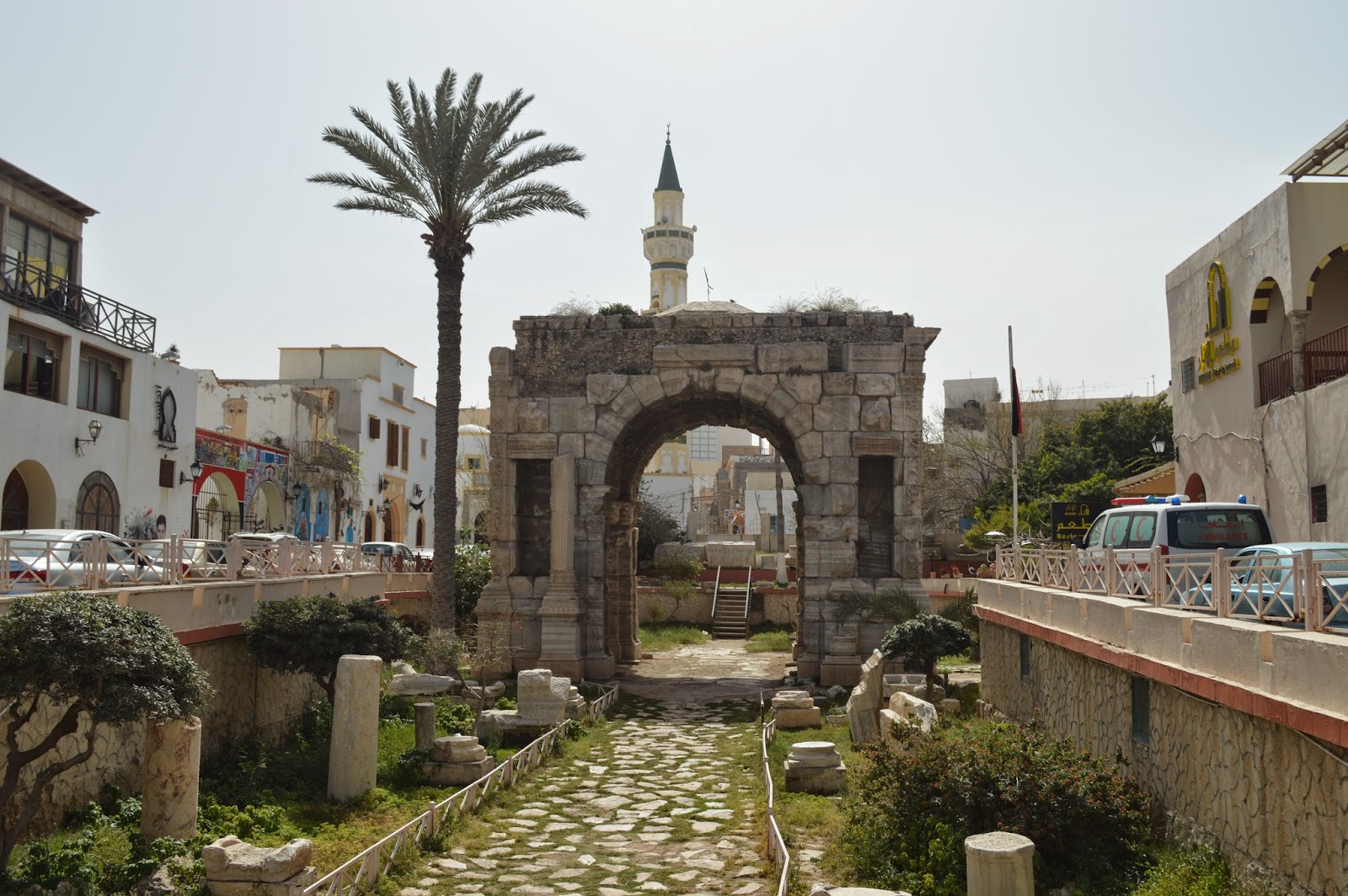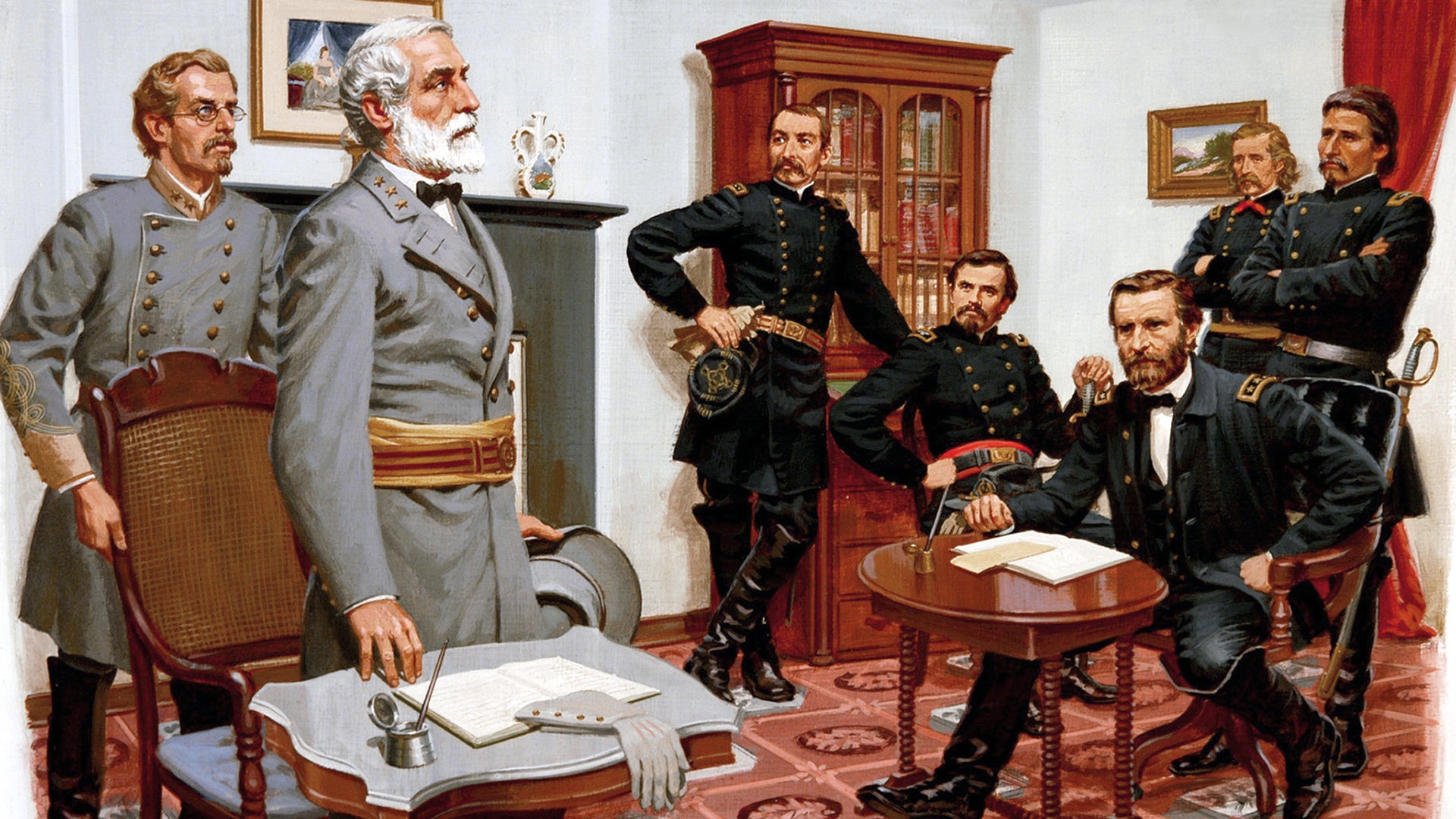
Welcome to the vibrant city of Tripoli, an ancient gem nestled on the shores of the Mediterranean Sea. With a rich history dating back thousands of years, Tripoli is a captivating destination that offers a unique blend of cultural heritage, modern developments, and bustling city life. In this article, we will take you on a fascinating journey through 37 intriguing facts about Tripoli, shedding light on its historical significance, architectural marvels, vibrant markets, delicious cuisine, and so much more. From its stunning Roman ruins to its lively souks, Tripoli has something to offer every type of traveler. So, put on your explorers’ hat as we dive into the wonders and secrets of this enchanting city.
Key Takeaways:
- Tripoli, the capital of Libya, is a city with a rich history, beautiful landmarks, and a diverse culture influenced by various civilizations. It’s a vibrant and multicultural hub with a lively arts and music scene.
- With a Mediterranean climate, stunning beaches, and a bustling souq, Tripoli offers a mix of traditional charm and modern infrastructure. It’s a melting pot of cultures, making it a vibrant and lively city to explore.
Tripoli is the capital city of Libya.
Located in the northwest of the country, Tripoli is the largest city in Libya and serves as its political and economic center.
The name “Tripoli” means “Three Cities” in Greek.
It is named after the three ancient cities that once stood on the site of present-day Tripoli.
Tripoli is one of the oldest cities in the world.
Its history dates back to the 7th century BC, when it was founded by the Phoenicians.
The city has a rich cultural heritage.
Over the centuries, Tripoli has been influenced by various civilizations, including the Phoenicians, Romans, Byzantines, Arabs, and Ottomans.
Tripoli is known for its beautiful historic landmarks.
The city is home to several well-preserved medieval buildings, such as the Red Castle, the Gurgi Mosque, and the Arch of Marcus Aurelius.
Tripoli has a Mediterranean climate.
The city enjoys hot summers and mild winters, with average temperatures ranging from 17°C (63°F) in winter to 32°C (90°F) in summer.
The local cuisine in Tripoli is diverse and delicious.
Visitors can enjoy a variety of dishes like couscous, shawarma, baklava, and traditional Libyan sweets.
The Great Mosque of Tripoli is a prominent religious site.
It is one of the largest mosques in the country and features stunning architectural details.
Tripoli has a bustling souq.
The old market in Tripoli offers a vibrant shopping experience, with a wide array of goods including spices, textiles, and handicrafts.
The city is known for its traditional music and folk dances.
During festivals and celebrations, locals perform traditional dances like the dabke, creating a lively and festive atmosphere.
Tripoli is a major economic hub.
It is home to numerous industries, including petroleum refining, textiles, food processing, and manufacturing.
The coastline of Tripoli is renowned for its beautiful beaches.
Visitors can relax on the sandy shores and enjoy swimming in the crystal-clear waters of the Mediterranean Sea.
The city has a vibrant art scene.
There are several art galleries and cultural centers in Tripoli, showcasing the talent of local artists.
Tripoli is home to the National Museum of Libya.
It houses a vast collection of artifacts and exhibits that shed light on the country’s history and culture.
The Old City of Tripoli is a UNESCO World Heritage Site.
Its narrow streets, historic buildings, and ancient fortifications provide a glimpse into the city’s past.
Tripoli has a population of over 1 million people.
It is a cosmopolitan city with residents from various ethnic and cultural backgrounds.
The city has experienced periods of political unrest.
Like many other parts of Libya, Tripoli has seen political upheavals and conflicts in recent years.
Tripoli is well-connected by air and sea.
The city has an international airport and a major seaport, facilitating travel and trade.
The Martyrs’ Square is a significant historical site in Tripoli.
It has been a focal point for demonstrations and gatherings throughout Libya’s history.
Tripoli has a vibrant nightlife scene.
There are numerous restaurants, cafes, and nightclubs where visitors can enjoy music, dance, and entertainment.
The Old Medina in Tripoli is a maze of narrow alleyways and bustling markets.
It is a popular tourist destination, offering a glimpse into traditional Libyan life.
Tripoli is home to several universities and educational institutions.
Students from all over Libya come to the city for higher education.
The city has a lively sports culture.
Football (soccer) is the most popular sport in Tripoli, with passionate fans supporting local teams.
The Green Square is a central public space in Tripoli.
It is a gathering place for celebrations, festivals, and public events.
Tripoli has a rich literary tradition.
Several acclaimed Libyan writers and poets hail from the city.
Roman ruins can be found in the outskirts of Tripoli.
These archaeological sites give a glimpse into the city’s Roman past.
The city has a network of modern infrastructure.
It boasts well-maintained roads, hospitals, shopping malls, and public transportation.
Tripoli has a high-rise skyline.
The city is dotted with modern skyscrapers and architectural marvels.
Traditional handicrafts, such as carpets and pottery, are popular in Tripoli.
Visitors can purchase these handmade items as souvenirs.
The Al-Fateh Tower is a prominent landmark in Tripoli.
Standing at 114 meters tall, it offers panoramic views of the city.
The city has a lively cultural scene.
There are regular art exhibitions, theater performances, and music concerts held in Tripoli.
Tripoli has a strong coffee culture.
Coffee shops are popular meeting places for locals to socialize and relax.
The city has a diverse range of restaurants offering international cuisine.
Visitors can taste flavors from around the world while in Tripoli.
Tripoli’s traditional costumes are colorful and intricate.
During festivals and special occasions, locals dress in vibrant traditional attire.
The Red Castle Museum houses an impressive collection of historical artifacts.
It provides insights into Tripoli’s rich history and heritage.
The city has a vibrant music scene.
Traditional Libyan music as well as contemporary genres are celebrated in Tripoli.
Tripoli is a melting pot of cultures.
Its diverse population contributes to a vibrant and multicultural atmosphere.
Conclusion
In conclusion, Tripoli is a city rich in history, culture, and natural beauty. From its ancient Roman ruins to its bustling markets and vibrant nightlife, there is something for everyone to enjoy in this fascinating city. Whether you’re a history buff, a food lover, or an adventure seeker, Tripoli offers an unforgettable experience.
With its diverse attractions, warm hospitality, and delicious cuisine, Tripoli is a destination that should be on every traveler’s bucket list. Explore the old town, relax on the stunning beaches, taste the flavorful local dishes, and immerse yourself in the unique blend of Arab, European, and African influences that make Tripoli a truly captivating city.
FAQs
1. What are some must-visit attractions in Tripoli?
Tripoli boasts several must-visit attractions, including the Arch of Marcus Aurelius, the Red Castle Museum, and the Arch of Triumph.
2. Is Tripoli a safe city to visit?
While Tripoli has experienced some political instability in the past, it is generally safe for tourists. However, it is always advisable to check the latest travel advisories before your trip.
3. What is the best time to visit Tripoli?
The best time to visit Tripoli is during the spring or fall when the weather is pleasant and the tourist crowds are smaller. Summers can get hot and humid.
4. What are some traditional dishes to try in Tripoli?
Some traditional dishes to try in Tripoli include couscous, brik, and camel meat dishes. Don’t forget to indulge in the famous Libyan sweet treats like baklava and asabe zainab.
5. Are there any day trips or excursions from Tripoli?
Yes, there are several day trips and excursions you can take from Tripoli. Popular options include visiting the ancient city of Leptis Magna or exploring the picturesque coastal town of Sabratha.
6. What is the currency used in Tripoli?
The currency used in Tripoli is the Libyan Dinar (LYD).
7. How do I get around Tripoli?
Tripoli has an extensive public transportation system, including buses and taxis. It’s also easy to explore the city on foot or by hiring a car.
8. What languages are spoken in Tripoli?
The official language of Tripoli is Arabic, but English is widely spoken, especially in tourist areas.
Tripoli's vibrant culture and rich history make it a fascinating destination for travelers. If you're curious about other intriguing topics, consider exploring the captivating life of comedian Tony Tripoli or delving into the world of Greek football with Asteras Tripoli FC. Each subject offers unique insights and entertaining facts that will keep you engaged and informed.
Was this page helpful?
Our commitment to delivering trustworthy and engaging content is at the heart of what we do. Each fact on our site is contributed by real users like you, bringing a wealth of diverse insights and information. To ensure the highest standards of accuracy and reliability, our dedicated editors meticulously review each submission. This process guarantees that the facts we share are not only fascinating but also credible. Trust in our commitment to quality and authenticity as you explore and learn with us.


